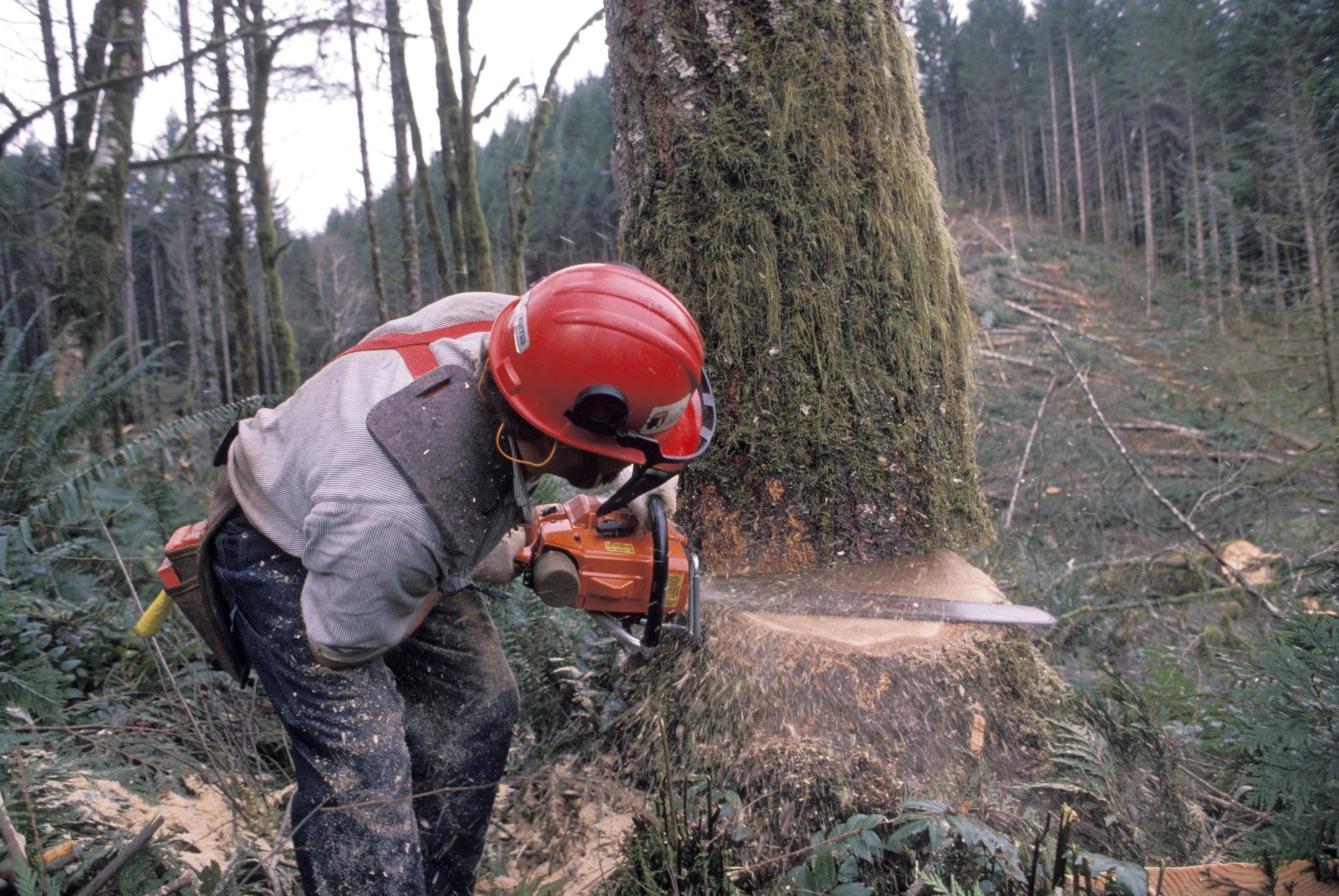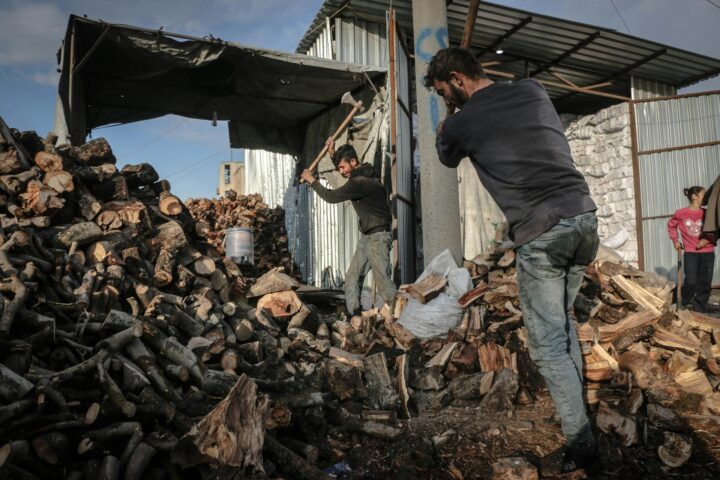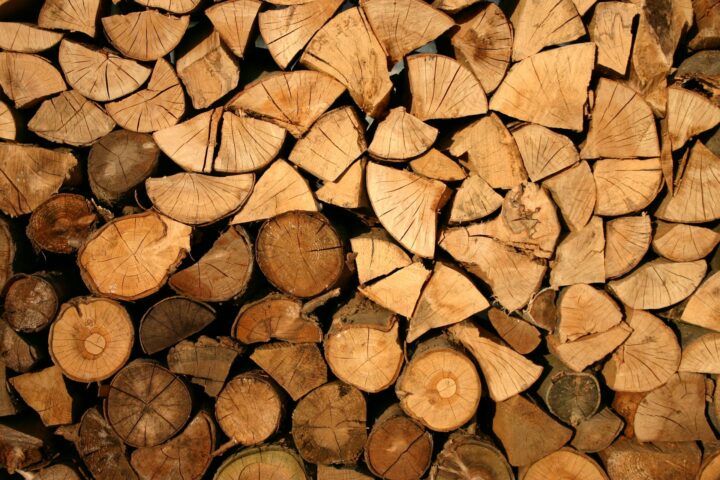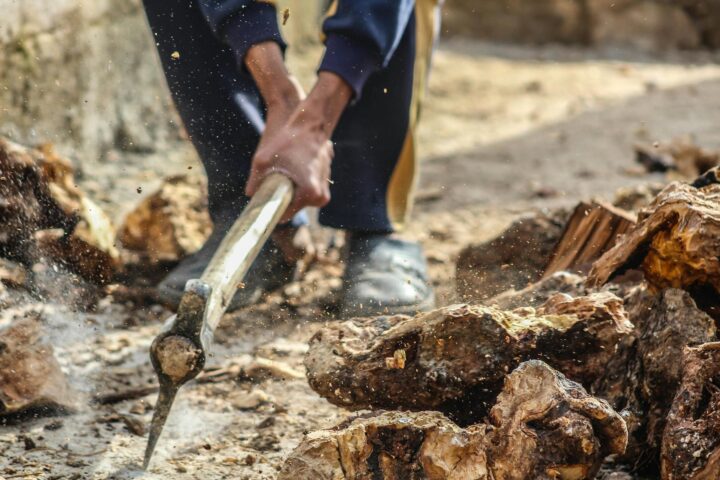-
Choosing the Right Time to Harvest Your Forest
When it comes to harvesting your forest, timing is everything. You need to take into account the growth cycle of the trees, as well as the weather conditions. If you harvest too early, you risk damaging the trees; if you harvest too late, you might not get the best quality lumber.
Depending on market conditions, tree age, and size, you can choose the optimal time to harvest. Weather, other agricultural activities, and your carbon obligations may all play a role in determining when you harvest. This article will discuss the best time to harvest your forest and the factors to consider.
Tree Age
You’ll want to harvest trees at least 20 years old, as they will be big enough to provide the lumber you need. However, if most of your trees are over 60 years old, it may be time to consider harvesting them before they become too unstable.
Several methods can be used to determine the age of a tree for harvest. The most common method is counting the rings on a cross-section of the tree trunk. This method is relatively accurate but can be affected by factors such as disease or damage to the tree. Another method is to use growth models that consider factors such as species, site conditions, and management practices.
Market Conditions
The market conditions for lumber and other forest products can fluctuate greatly, so it's essential to know these fluctuations to get the best price for your products.
Generally speaking, the best time to harvest your Forest is when demand is high, and prices are rising. This ensures that you'll get the best possible price for your products. However, it's also important to be aware of market conditions to avoid selling when prices are low.
By monitoring market conditions closely, you can ensure that you'll always get the best possible price for your products. Doing so can maximize profits and keep your business thriving for years to come.
Time of Year
The most common time to harvest is in the fall after the leaves have fallen off the trees and before the ground freezes. This allows loggers to access the trees and remove them without damaging the surrounding vegetation.
However, spring is also a good time to harvest, as long as there is no risk of frost damage to the trees. And, if you're able to find a buyer willing to pay a higher price for your timber, harvesting in the winter may be the best option for you.
Tree Size
If the trees in your forest are too small, you won’t be able to harvest as much timber and will lose money. On the other hand, if the trees are too big, it will be more difficult to fall them and transport them out of the forest, which will also cost you money.
The ideal time to harvest your forest is when the trees are of medium size. This way, you’ll be able to fell them relatively easily and transport them without too much difficulty. Moreover, you’ll get a good amount of timber from each tree, maximizing your profits.
Conclusion
The right time to harvest your forest is a very important decision. You need to consider many factors, such as the type of tree, the age of the tree, and the market conditions. However, if you're looking to sell the wood, you can harvest it any time of year. Our company Greenridge will help harvest your forest no matter the time of year.




